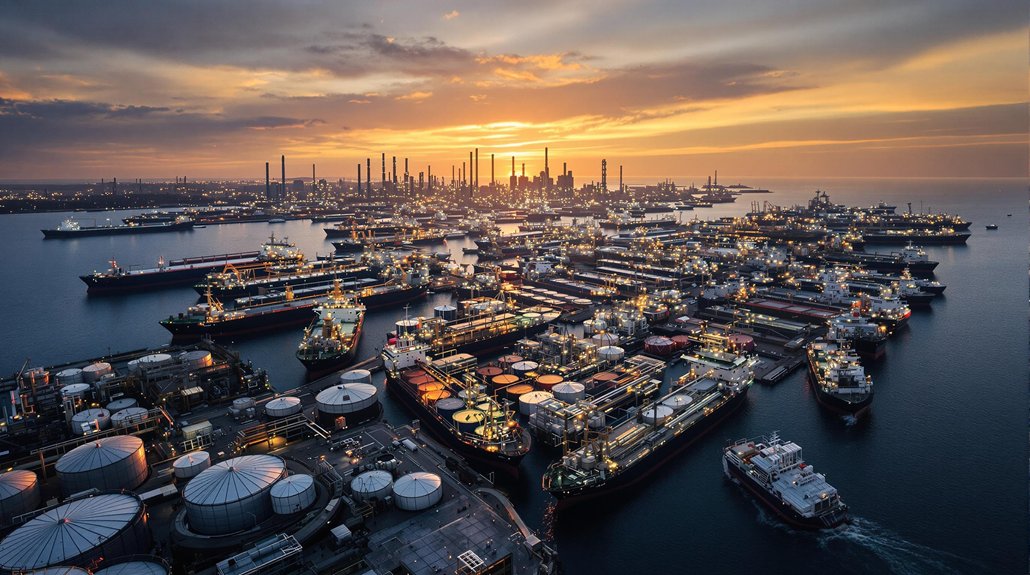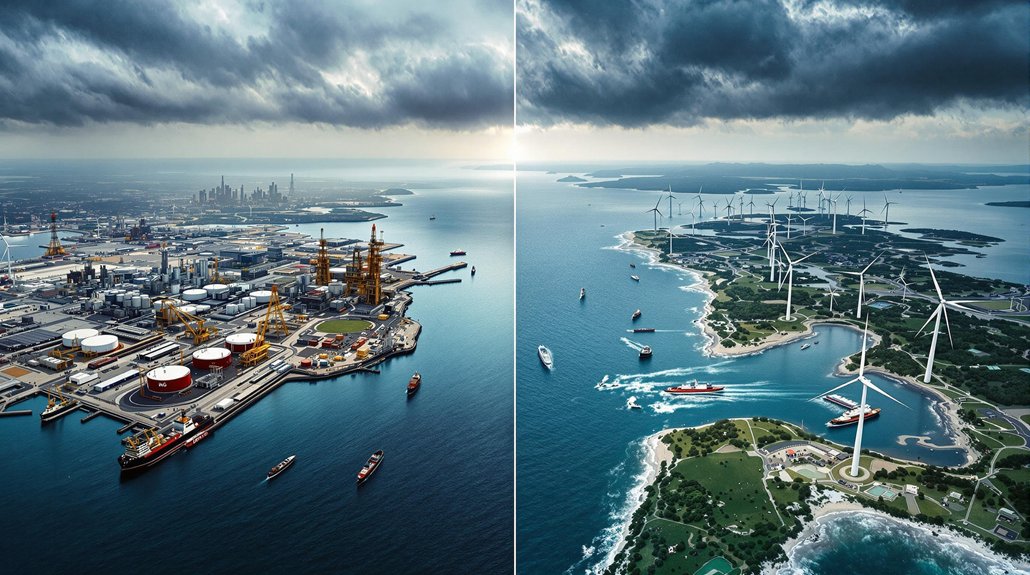Louisiana’s energy sector is growing with a new LNG terminal under construction. Woodside Energy’s $17.5 billion project marks the fifth such facility in the state. When completed, it will produce 16.5 million metric tons of liquefied natural gas each year. This addition strengthens America’s position in global energy markets, with Louisiana already handling 61% of U.S. LNG exports last year. The state’s geographic advantages and political support have created ideal conditions for this expanding industry.
Louisiana is cementing its position as America’s LNG powerhouse with the addition of a fifth terminal in Calcasieu Parish. Australian company Woodside Energy is building the $17.5 billion facility, marking the largest foreign investment and greenfield project in Louisiana‘s history. Once operational in 2029, the terminal will produce 16.5 million metric tons of liquefied natural gas annually.
Construction on the new terminal, formerly known as Driftwood, began in 2022. The project adds to Louisiana’s already impressive LNG infrastructure, which includes four active terminals – more than any other state in the nation. These facilities are supported by over 30,000 miles of natural gas pipelines criss-crossing the state.
Louisiana’s central role in America’s energy strategy can’t be overstated. In 2023, the state handled 61% of all U.S. LNG exports, helping America become the world’s largest LNG exporter. The new Woodside terminal will further expand this share, boosting both local and national economies. This expansion continues despite the fact that renewable energy sources currently power 29.1% of global electricity generation.
The $17.5 billion investment is expected to create approximately 15,000 jobs during the construction phase and drive economic growth throughout the region. Woodside has already secured important business partners, including a supply agreement with energy giant BP, highlighting the project’s market strength.
Louisiana’s geography makes it ideal for LNG exports, with easy access to Gulf Coast shipping routes. The state’s terminals are designed with modular, scalable layouts that can adapt to changing market conditions and demand. This modular approach mirrors successful facilities like Calcasieu Pass LNG, which utilizes mid-scale liquefaction technology for greater operational flexibility.
Despite strong momentum, the industry faces ongoing challenges. Environmental lawsuits and shifting regulations create uncertainty, though recent developments have favored expansion. A federal court blocked the Biden administration’s attempted ban on new LNG export approvals, and the U.S. Secretary of Energy has approved authorization for other recent projects.
Political support for LNG development remains strong at both state and federal levels, with officials pointing to economic benefits and America’s strategic energy interests. As global demand for natural gas continues to grow, Louisiana’s role as an energy export leader appears secure for years to come.
References
- https://www.ferc.gov/media/us-lng-export-terminals-existing-approved-not-yet-built-and-proposed
- https://www.asap.nl/lng-terminals-over-the-world-complete-list-and-map-2025/
- https://neworleanscitybusiness.com/blog/2025/05/02/woodside-louisiana-lng-terminal-investment/
- https://www.workboat.com/government/louisiana-lng-terminal-gets-green-light-from-energy-secretary
- https://www.wwno.org/coastal-desk/2025-04-30/australian-company-commits-to-17-5b-lng-export-terminal-in-louisiana








